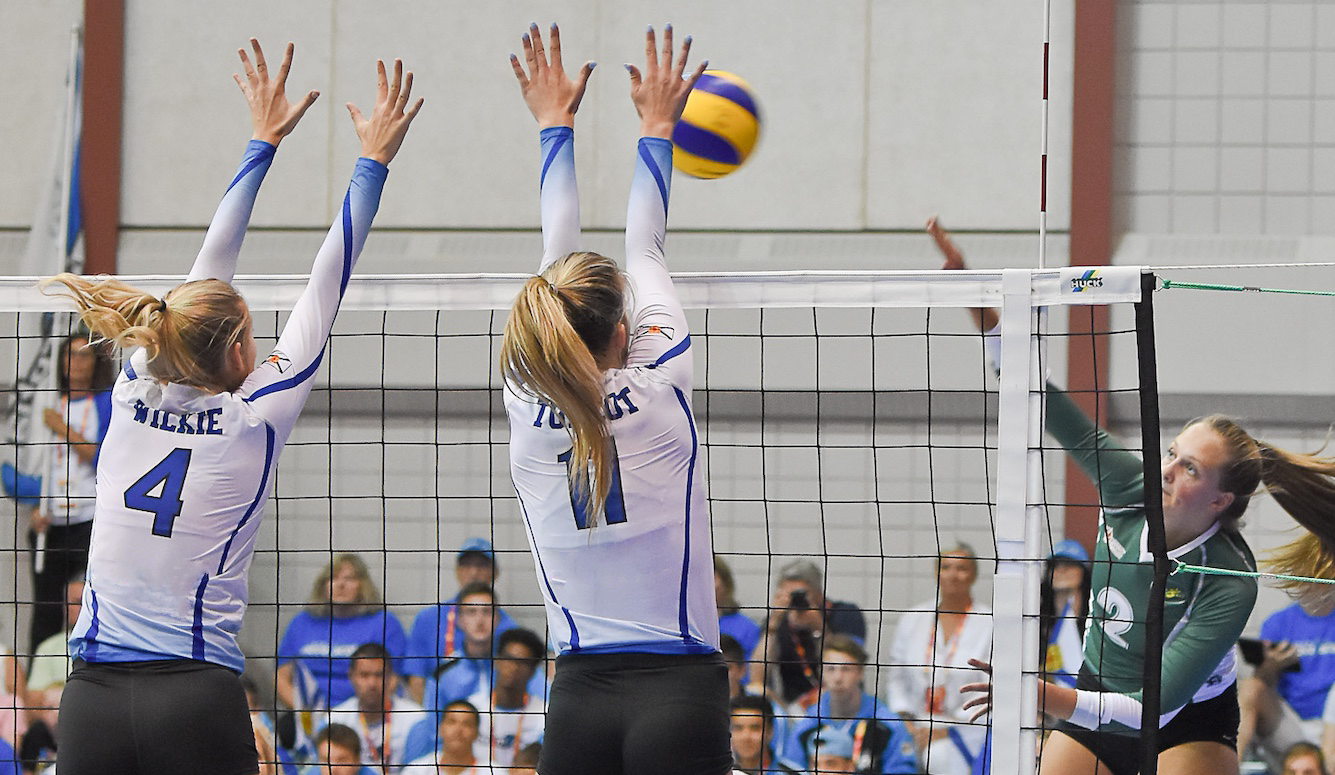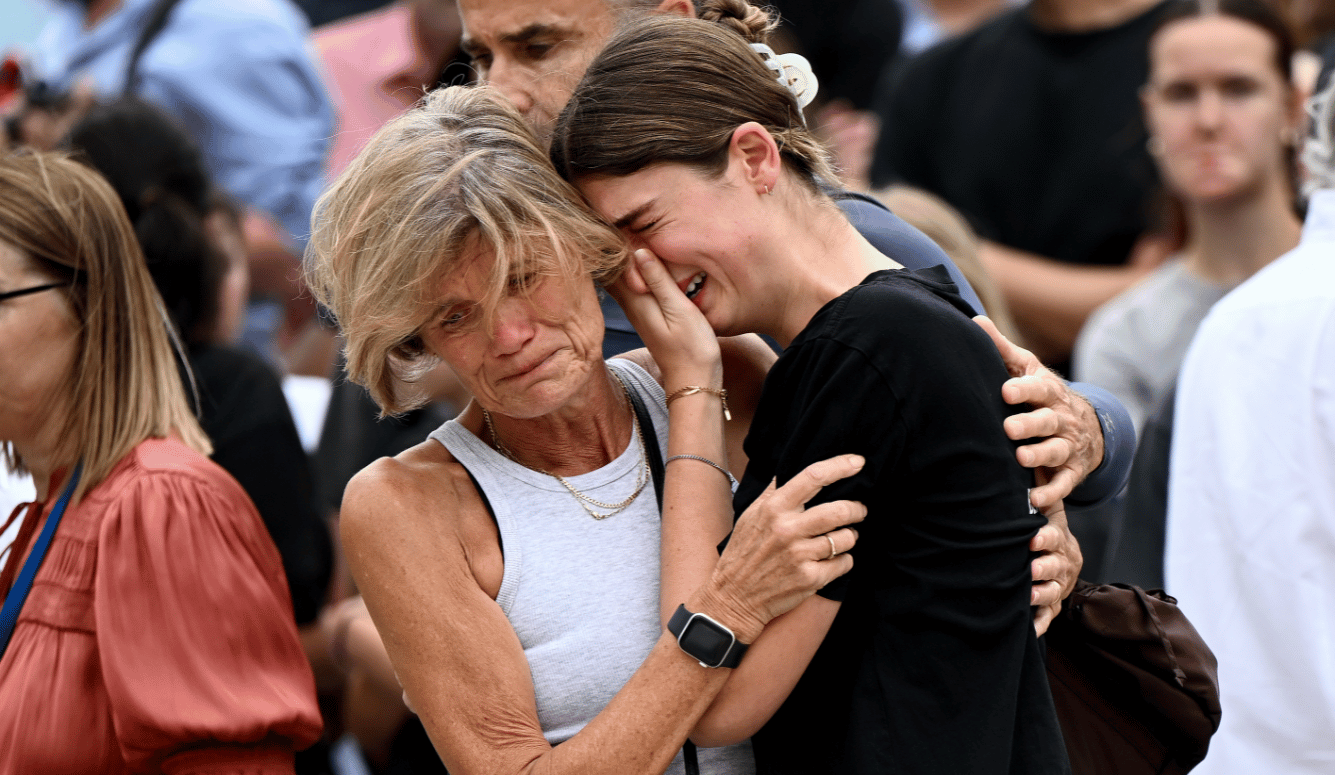Sport
Protecting Women’s Volleyball—Then and Now
When I played pro volleyball twenty years ago, I never heard anyone seriously argue that biological differences between men and women aren’t important. Such a claim would have been laughable.

The trip to Reno took me two hours. Driving through the Nevada desert, I remained unsure what to expect. I’d read on social media that the University of Nevada, Reno (UNR) women’s volleyball team was holding a “Women’s Sports Are for Women Only” rally after forfeiting its 25 October 2024 game to San Jose State University (SJSU)—the fifth NCAA women’s volleyball team to do so following disclosures that the SJSU roster included a trans-identified male player.
The last time I’d been to this venue—the Reno-Sparks Convention Center—was 22 years ago, when I played in a girls’ volleyball tournament. I was then just 17 years old, a 6’1” (1.85 m) middle blocker who’d already signed a Letter of Intent to attend a California college.
By chance, I stumbled on the UNR team shortly after entering the building, along with Riley Gaines, the 12-time NCAA All-American swimmer who now campaigns against the inclusion of trans-identified men in protected female sports categories. Their heads were bowed in a silent prayer—a sombre contrast to the upbeat, high-energy pre-game pep talks that I remember from my teen years. I noted that while the typical male NCAA volleyball player is well over six feet tall, all of the women in this room were shorter than me.





